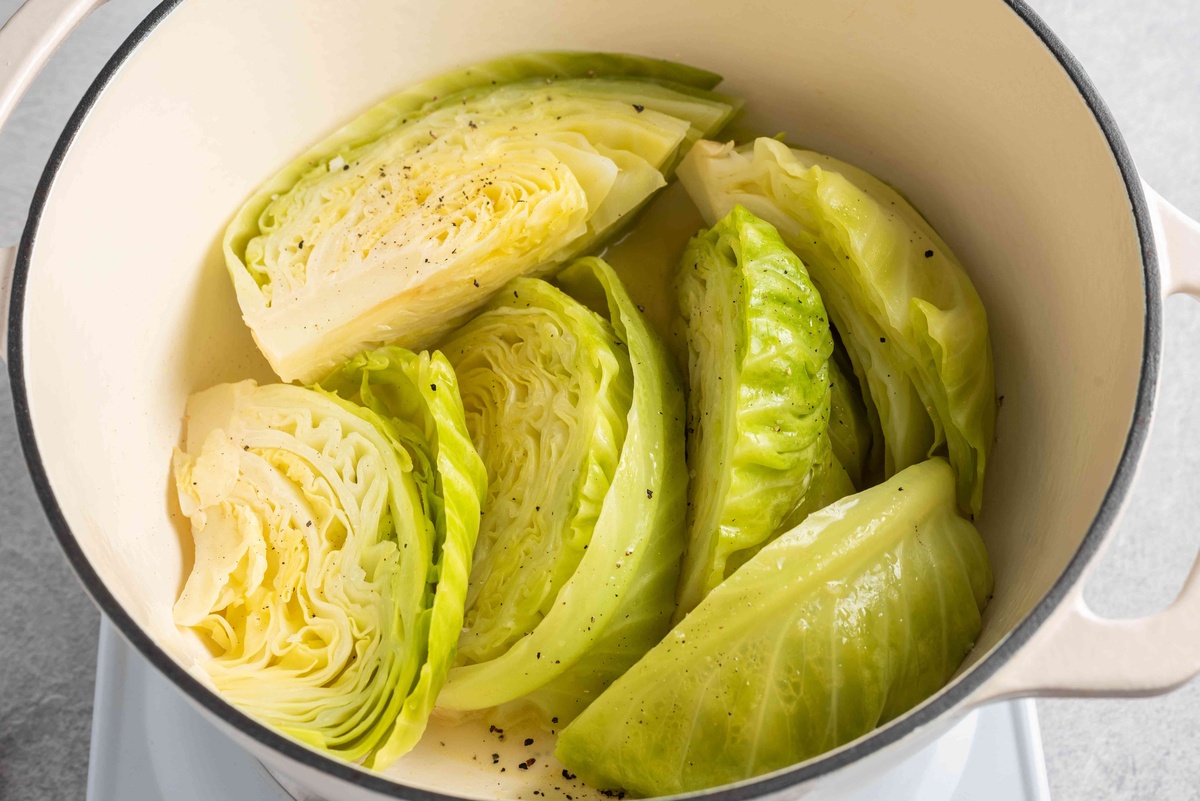

Articles
How To Store Cooked Cabbage
Modified: August 23, 2024
Learn how to properly store cooked cabbage to keep it fresh and flavorful for longer. Our comprehensive articles provide helpful tips and techniques for preserving and storing cooked cabbage.
(Many of the links in this article redirect to a specific reviewed product. Your purchase of these products through affiliate links helps to generate commission for Storables.com, at no extra cost. Learn more)
Introduction
When it comes to preserving the delicious taste and nutritional value of cooked cabbage, proper storage is key. Whether you have leftovers from a hearty meal or you want to meal prep for the week, knowing how to store cooked cabbage can help you avoid food waste and save time in the kitchen.
Furthermore, cabbage is a versatile and nutrient-rich vegetable that offers a range of health benefits. It is high in fiber, vitamins, and minerals, making it a great addition to a balanced diet. By properly storing cooked cabbage, you can ensure that these valuable nutrients are retained, allowing you to enjoy its goodness even days after it has been cooked.
In this article, we will explore the benefits of storing cooked cabbage, provide tips on how to choose and prepare cabbage for storage, discuss the best storage containers to use, and guide you through the process of storing cooked cabbage both in the refrigerator and freezer. Additionally, we will share tips for reheating stored cooked cabbage and offer suggestions on extending its shelf life.
So, if you’re ready to discover the secrets of storing cooked cabbage to maintain its flavor, texture, and nutrition, let’s dive in!
Key Takeaways:
- Properly storing cooked cabbage preserves its flavor, texture, and nutrients, reducing food waste and increasing convenience in meal preparation. It offers versatility and convenience in various dishes, making it a valuable addition to any kitchen.
- Choosing the right storage containers, cooling down before storing, and reheating properly are essential for maintaining the freshness and quality of cooked cabbage. Following these steps ensures that you can enjoy delicious and nutritious cabbage for longer periods.
Read more: How To Store Purple Cabbage
Benefits of Storing Cooked Cabbage
Storing cooked cabbage can offer several benefits, both practical and nutritional. Here are some reasons why knowing how to properly store cooked cabbage is advantageous:
- Reduced Food Waste: Storing cooked cabbage allows you to make the most of your leftovers and reduce food waste. Instead of throwing away excess cabbage, you can store it for later use in various recipes or as a side dish.
- Convenience: Having stored cooked cabbage on hand can save you time and effort in the kitchen. You can use it as a quick and easy addition to meals, adding flavor and nutrition without the need for extensive preparation.
- Preservation of Nutrients: Cabbage is an excellent source of vitamins C and K, fiber, and antioxidants. By storing cooked cabbage properly, you can help preserve these valuable nutrients, ensuring that you still reap the health benefits even after it has been cooked.
- Enhanced Flavor: Proper storage can help retain the natural flavors of cooked cabbage. This means that when you reheat it or use it in different dishes, it will still maintain its delicious taste and texture.
- Versatility: Storing cooked cabbage opens up a world of possibilities. You can use it as a side dish, add it to stir-fries, soups, salads, or even incorporate it into main dishes. The stored cabbage can be a versatile ingredient that adds both flavor and nutrition to your meals.
No matter the reason, learning how to store cooked cabbage properly can help you make the most of this nutritious and versatile vegetable while reducing food waste and increasing convenience in your daily cooking routine.
How to Choose and Prepare Cabbage for Storage
Choosing and preparing cabbage for storage is an important step to ensure that it stays fresh and flavorful. Here are some tips to help you select and prepare cabbage for storage:
- Selecting Fresh Cabbage: When purchasing cabbage for storage, look for heads that are firm and compact. Avoid those with wilted or discolored leaves, as they may not store well.
- Removing Outer Leaves: Before storing cabbage, it’s a good idea to remove the outer leaves, as they tend to wilt and spoil faster than the inner leaves. Simply peel off the outer layer until you reach the crisp and fresh leaves inside.
- Washing and Drying: Thoroughly wash the cabbage under cool running water to remove any dirt or debris. Pat it dry with a clean towel or use a salad spinner to remove excess moisture. Ensuring that the cabbage is dry before storage helps prevent the growth of bacteria and mold.
- Slicing or Shredding: Depending on your preference and intended use, you can either slice or shred the cabbage before storing. Sliced cabbage works well for stir-fries and sautés, while shredded cabbage is ideal for coleslaw or salads.
- Blanching (optional): If you plan to store cabbage in the freezer, you can consider blanching it before freezing. Blanching involves briefly boiling the cabbage in water and then plunging it into ice water to stop the cooking process. Blanching helps preserve the cabbage’s color, texture, and nutrients, and can extend its freezer shelf life.
By following these steps, you can ensure that the cabbage is in its best possible condition for storage. Remember, choosing fresh cabbage and properly preparing it before storing will contribute to its longevity and overall quality.
Proper Storage Containers
Choosing the right storage containers for storing cooked cabbage is crucial to maintain its freshness and prevent any cross-contamination. Here are some options for proper storage containers:
- Airtight Containers: Airtight containers are ideal for storing cooked cabbage in the refrigerator. These containers help maintain the cabbage’s moisture content and prevent it from drying out. Look for containers with secure lids to ensure a tight seal.
- Glass Containers: Glass containers are a great alternative to plastic containers as they are non-reactive, meaning they won’t absorb odors or flavors from the cabbage. Glass containers are also microwave-safe, allowing you to easily reheat the cabbage without transferring it to another dish.
- Freezer-safe Bags or Containers: If you plan to store cooked cabbage in the freezer, opt for freezer-safe bags or containers. These are designed to withstand freezing temperatures and prevent freezer burn. Ensure the containers are labeled as freezer-safe for long-term storage.
- Vacuum Sealed Bags: Vacuum-sealed bags are an excellent choice for storing cooked cabbage in the freezer. These bags remove air from the packaging, minimizing freezer burn and extending the cabbage’s shelf life.
Regardless of the type of container you choose, make sure it is clean and dry before storing cooked cabbage. This helps maintain the freshness and integrity of the cabbage, allowing it to stay flavorful and nutritious for a longer period.
When selecting storage containers, consider the amount of cooked cabbage you plan to store and choose containers that can accommodate the portion sizes you desire. This allows for better portion control and makes it easier to thaw and reheat the cabbage when needed.
Remember to always label your containers with the date to track the freshness of the cabbage and rotate your stored cabbage to ensure older batches are used first.
By selecting the appropriate storage containers, you can help prolong the freshness and quality of cooked cabbage, whether it’s in the refrigerator or freezer.
Storing Cooked Cabbage in the Refrigerator
Refrigerating cooked cabbage is a simple and effective way to keep it fresh for a few days. Here are the steps to store cooked cabbage in the refrigerator:
- Cool Down: Allow the cooked cabbage to cool down completely to room temperature before transferring it to the refrigerator. This helps prevent condensation and moisture buildup, which can lead to spoilage.
- Divide into Portions: If you have a large batch of cooked cabbage, consider dividing it into smaller portions that you can use for individual meals. This makes it easier to take out and reheat only the amount you need, reducing waste.
- Transfer to Airtight Containers: Place the cooked cabbage in clean and airtight containers. Ensure the containers have a tight seal to prevent air and odors from entering, which can affect the taste and quality of the cabbage. Alternatively, you can use resealable plastic bags, squeezing out as much air as possible before sealing them.
- Label and Date: It’s important to label the containers with the date you stored the cooked cabbage. This allows you to keep track of its freshness and consumption timeline.
- Store in the Refrigerator: Finally, place the containers of cooked cabbage in the refrigerator. Position them towards the back of the fridge, where the temperature is the most consistent. Avoid storing them in the refrigerator door, as it is prone to temperature fluctuations.
Stored properly, cooked cabbage can be kept in the refrigerator for up to 3-4 days. Remember to check for any signs of spoilage, such as foul odor or mold growth, before consuming the stored cabbage. If you notice any of these signs, it’s best to discard the cabbage to avoid any potential foodborne illnesses.
By following these steps, you can enjoy the convenience of having cooked cabbage readily available for your meals while ensuring its freshness and quality.
Store cooked cabbage in an airtight container in the refrigerator for up to 3-4 days. To maintain freshness, add a paper towel to absorb excess moisture.
Read more: How To Store Cabbage In The Refrigerator
Storing Cooked Cabbage in the Freezer
If you have a surplus of cooked cabbage or want to extend its shelf life even further, freezing it is a great option. Here’s how you can store cooked cabbage in the freezer:
- Cool Down and Divide: Allow the cooked cabbage to cool down completely at room temperature. Once cooled, divide it into smaller portions or meal-sized servings. This will make it easier to thaw and use only the amount you need without having to defrost the entire batch.
- Prepare Freezer-Safe Containers: Choose freezer-safe containers or resealable plastic bags for storing the cooked cabbage. Ensure that the containers or bags are clean and dry before use.
- Package and Seal: Place the divided portions of cooked cabbage into the containers or bags. If using bags, squeeze out as much air as possible before sealing. For containers, leave a little headspace to allow for expansion as the cabbage freezes.
- Label and Date: Label each container or bag with the date of freezing. This will help you keep track of how long the cooked cabbage has been stored in the freezer.
- Store in the Freezer: Place the containers or bags of cooked cabbage in the freezer, making sure they are positioned in a flat and stable manner. This helps prevent the cabbage from getting crushed or damaged during freezing.
- Optimal Storage Duration: Cooked cabbage can be stored in the freezer for up to 2-3 months, while maintaining its texture and flavor. After this time, the cabbage may still be safe to eat but may experience a decline in quality.
When you’re ready to use the frozen cooked cabbage, simply thaw it in the refrigerator overnight or place the sealed bag/container in a bowl of cold water to speed up the process. Avoid thawing it at room temperature to prevent bacterial growth.
It’s important to note that while frozen cooked cabbage can still be used in various dishes, the texture may soften slightly after thawing. Therefore, it’s best to use it in cooked recipes such as soups, stews, or stir-fries rather than in raw preparations like salads.
By freezing cooked cabbage, you can extend its shelf life, reduce food waste, and have a convenient and versatile ingredient ready whenever you need it.
Reheating Stored Cooked Cabbage
When it comes to reheating stored cooked cabbage, there are a few simple methods you can use to bring it back to its delicious and flavorful state. Here are some ways to reheat stored cooked cabbage:
- Microwave: This is perhaps the quickest and easiest way to reheat cooked cabbage. Place the desired amount of cabbage in a microwave-safe dish and cover it with a microwave-safe lid or microwave-safe plastic wrap. Heat it on high for about 1-2 minutes, stopping occasionally to stir and ensure even heating.
- Stovetop: If you prefer a more hands-on approach, you can reheat cooked cabbage on the stovetop. Heat a small amount of oil or butter in a skillet over medium heat. Add the cabbage and cook it, stirring occasionally, until heated through. This method allows you to add extra seasonings or flavors, such as garlic or spices, to enhance the taste of the cabbage as it reheats.
- Oven: To reheat larger portions of cooked cabbage, the oven can be an excellent option. Preheat the oven to a low temperature, around 300°F (150°C). Place the cabbage in an oven-safe dish, cover it with aluminum foil or a lid, and heat it for 15-20 minutes, or until heated through. This method ensures even reheating and can help retain the cabbage’s moisture.
No matter which method you choose, remember to monitor the reheating process closely to prevent overcooking or drying out the cabbage. Stirring the cabbage occasionally during reheating helps distribute the heat evenly and ensures a consistent temperature throughout.
Once reheated, use the cooked cabbage in your desired recipe or serve it as a side dish. You can also add additional seasonings or ingredients to customize the flavor and enhance the overall taste of the dish.
It’s worth noting that reheated cabbage may have a slightly softer texture than freshly cooked cabbage. However, the flavors should remain intact, and the reheated cabbage can still be enjoyed as part of a delicious and nutritious meal.
By following these methods, you can easily and efficiently reheat stored cooked cabbage, allowing you to enjoy its delightful taste and versatility.
Tips for Extending the Shelf Life of Cooked Cabbage
To maximize the shelf life of cooked cabbage and ensure its freshness and quality, consider these helpful tips:
- Proper Storage: As mentioned earlier, storing cooked cabbage in airtight containers or freezer-safe bags is essential. This helps protect it from moisture and air exposure, which can lead to spoilage.
- Quick Cooling: Allow cooked cabbage to cool down promptly before storing it. Cooling it quickly helps prevent bacterial growth and maintains its texture and flavor.
- Refrigeration Time: While properly stored cooked cabbage can last in the refrigerator for up to 3-4 days, it’s best to consume it within a couple of days for optimal freshness.
- Rotation: If you frequently cook and store cabbage, make sure to rotate the older batches to the front of the fridge or freezer, so they are used first. This prevents any cooked cabbage from sitting unused for extended periods.
- Freezing in Portions: Dividing cooked cabbage into smaller portions before freezing allows you to thaw and use only what you need, minimizing waste and preserving the remaining portions for later use.
- Labeling: Always label your storage containers or bags with the date of storage. This helps you keep track of their freshness and ensures that you use the oldest cooked cabbage first.
- Thawing Properly: When thawing frozen cooked cabbage, do so in the refrigerator overnight or by using the defrost function on your microwave. Thawing at room temperature can promote bacterial growth.
- Avoid Reheating Multiple Times: To maintain the quality and texture of cooked cabbage, try to avoid reheating it multiple times. Reheat only the portion you plan to consume and store the rest separately for later use.
- Use Fresh Ingredients: When cooking cabbage for storage, use fresh and high-quality ingredients. Fresh cabbage will have a longer shelf life when compared to cabbage that is already starting to wilt or show signs of spoilage.
By following these tips, you can extend the shelf life of cooked cabbage, avoid unnecessary waste, and ensure that you always have delicious and nutritious cabbage available for your meals.
Conclusion
Knowing how to store cooked cabbage properly is not only a practical skill but also a way to preserve its flavor, texture, and nutritional value. By following the tips outlined in this article, you can extend the shelf life of cooked cabbage, reduce food waste, and enjoy its delicious taste for longer periods.
Whether you choose to store cooked cabbage in the refrigerator or the freezer, the key is to use proper storage containers that are airtight and freezer-safe. This helps maintain the freshness of the cabbage and prevents any odors or flavors from contaminating it.
Reheating stored cooked cabbage is a breeze, thanks to various methods such as the microwave, stovetop, and oven. Each method has its advantages, allowing you to choose the most convenient option based on your needs and preferences.
Remember to practice good food safety measures by cooling the cooked cabbage before storing it, labelling your containers with dates, and rotating older batches. These practices ensure that you consume the cooked cabbage while it is still at its best quality.
By implementing the tips and techniques discussed in this article, you can confidently store cooked cabbage, reduce food waste, and have a versatile and nutritious ingredient readily available for use in a variety of recipes.
So, the next time you find yourself with leftover cooked cabbage, don’t let it go to waste. Store it properly and enjoy the many benefits it brings to your meals. Bon appétit!
Frequently Asked Questions about How To Store Cooked Cabbage
Was this page helpful?
At Storables.com, we guarantee accurate and reliable information. Our content, validated by Expert Board Contributors, is crafted following stringent Editorial Policies. We're committed to providing you with well-researched, expert-backed insights for all your informational needs.
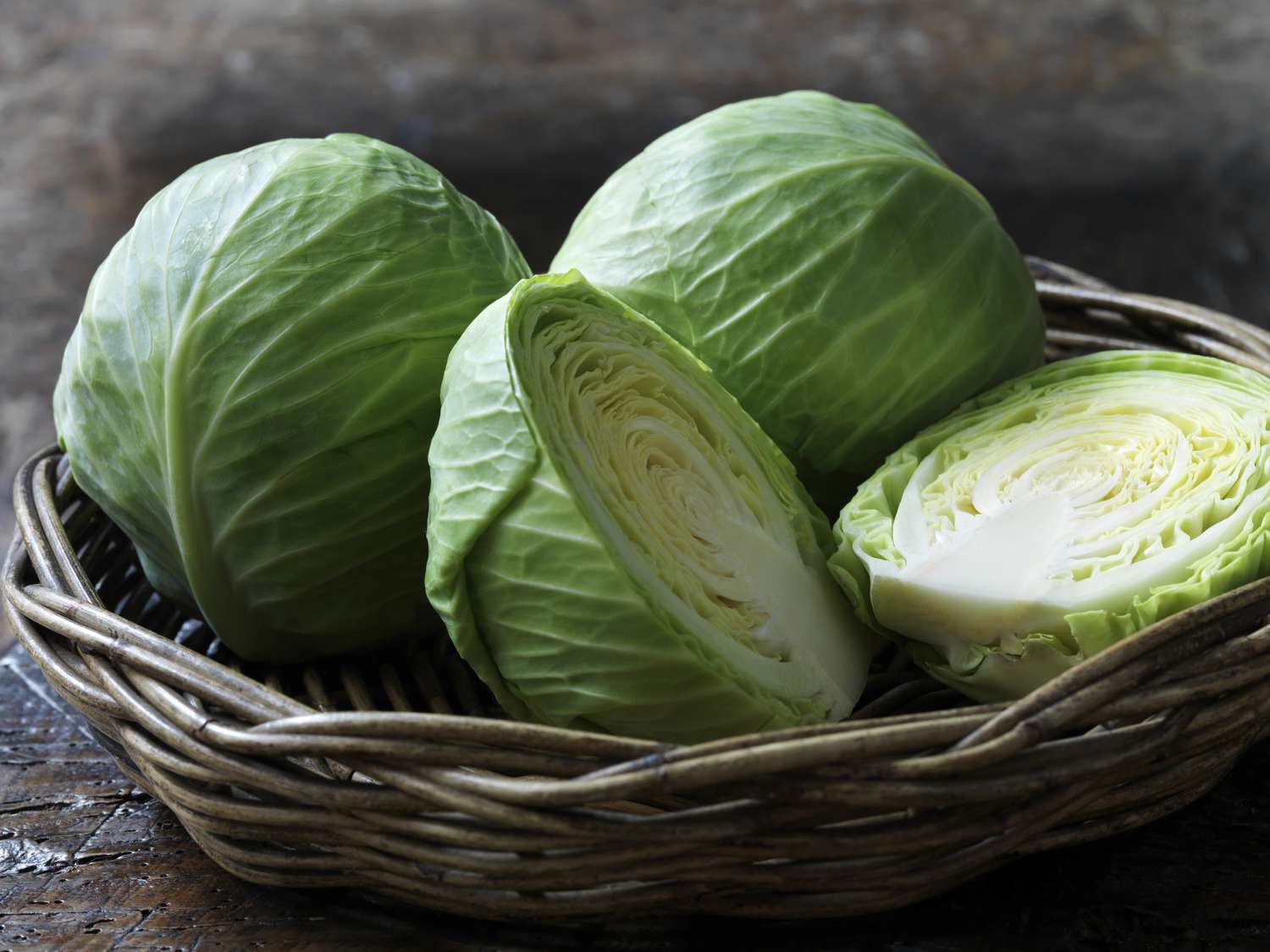
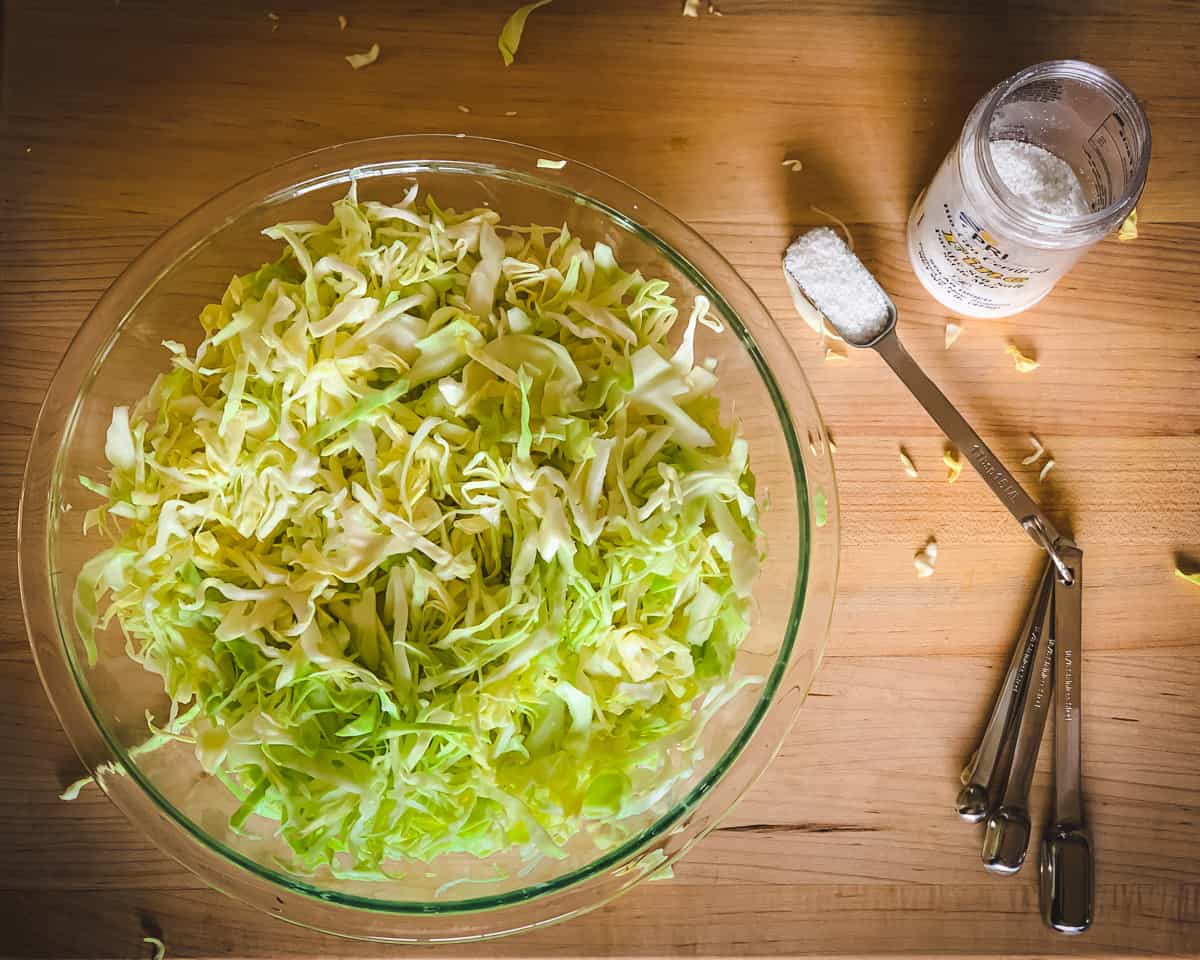
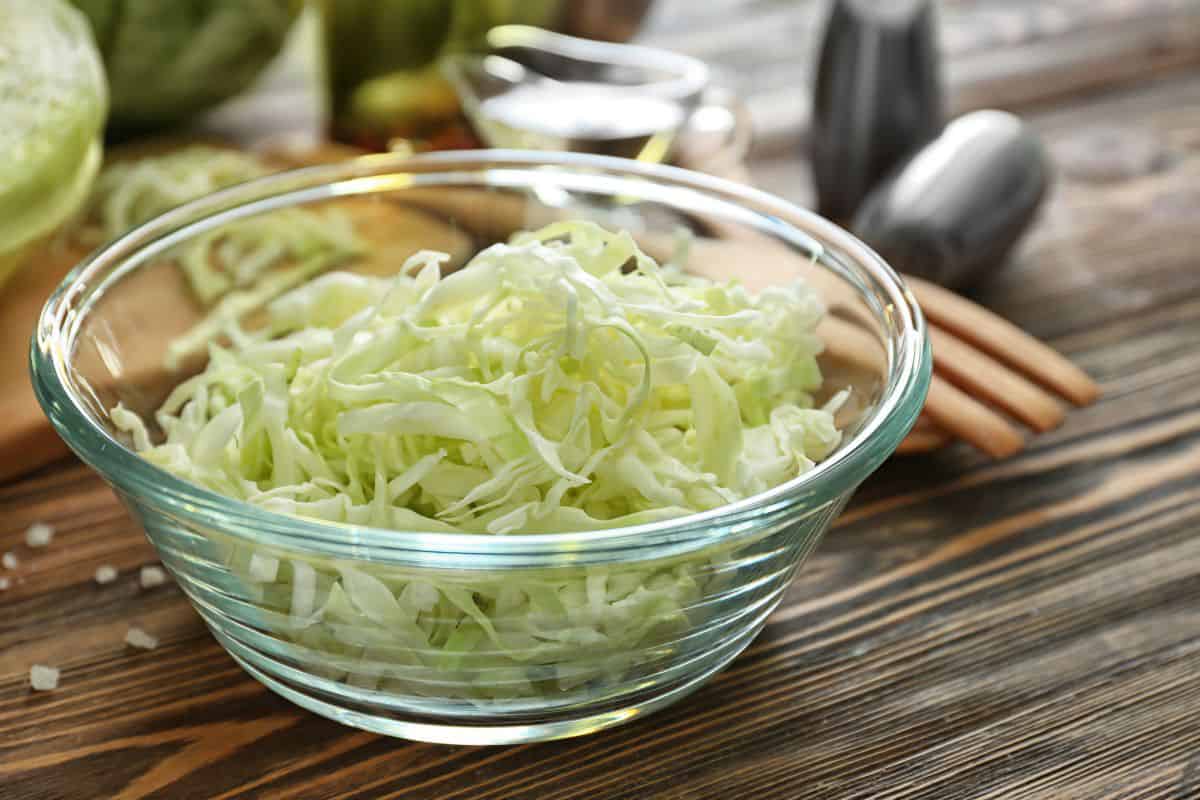
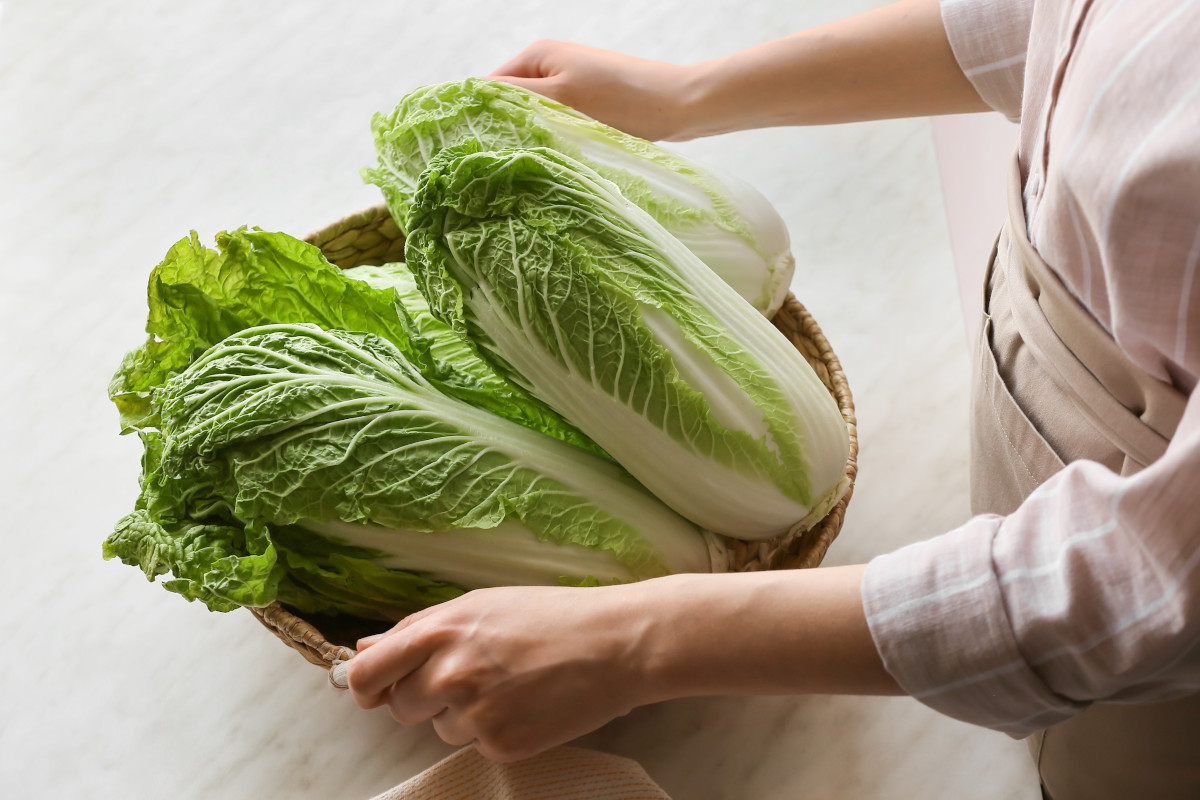
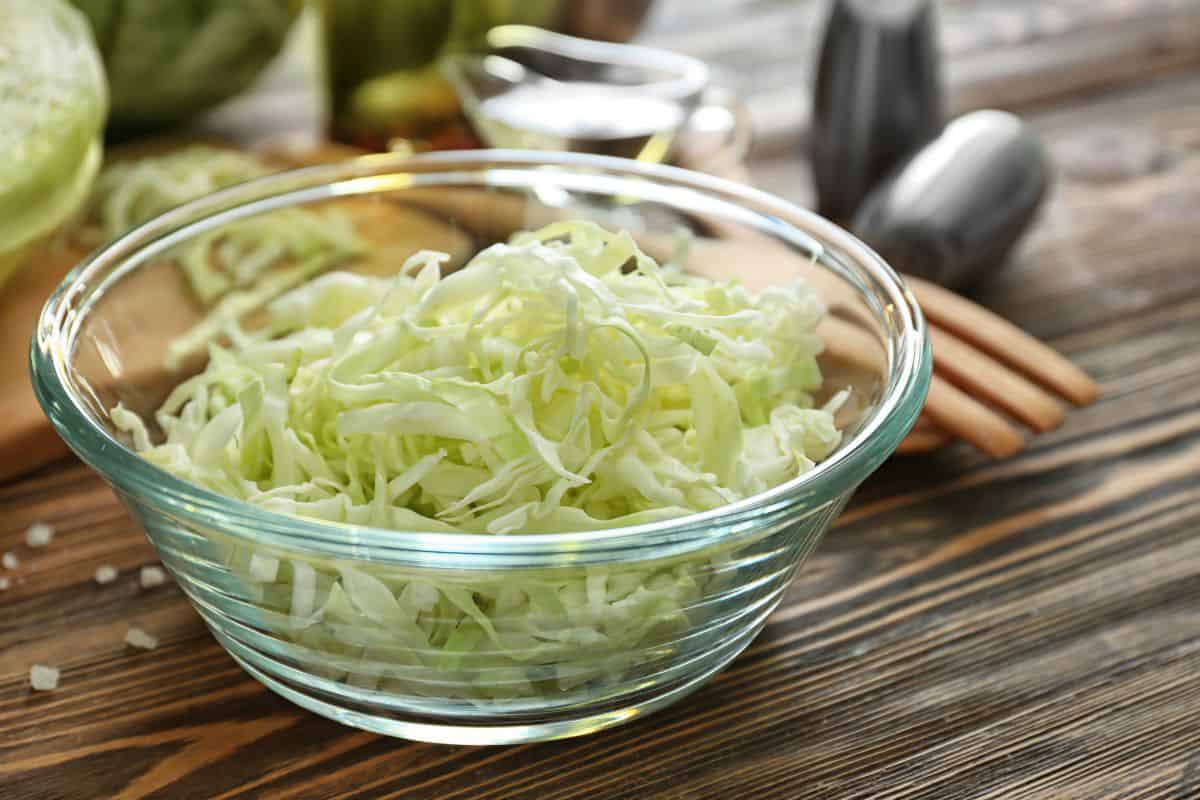
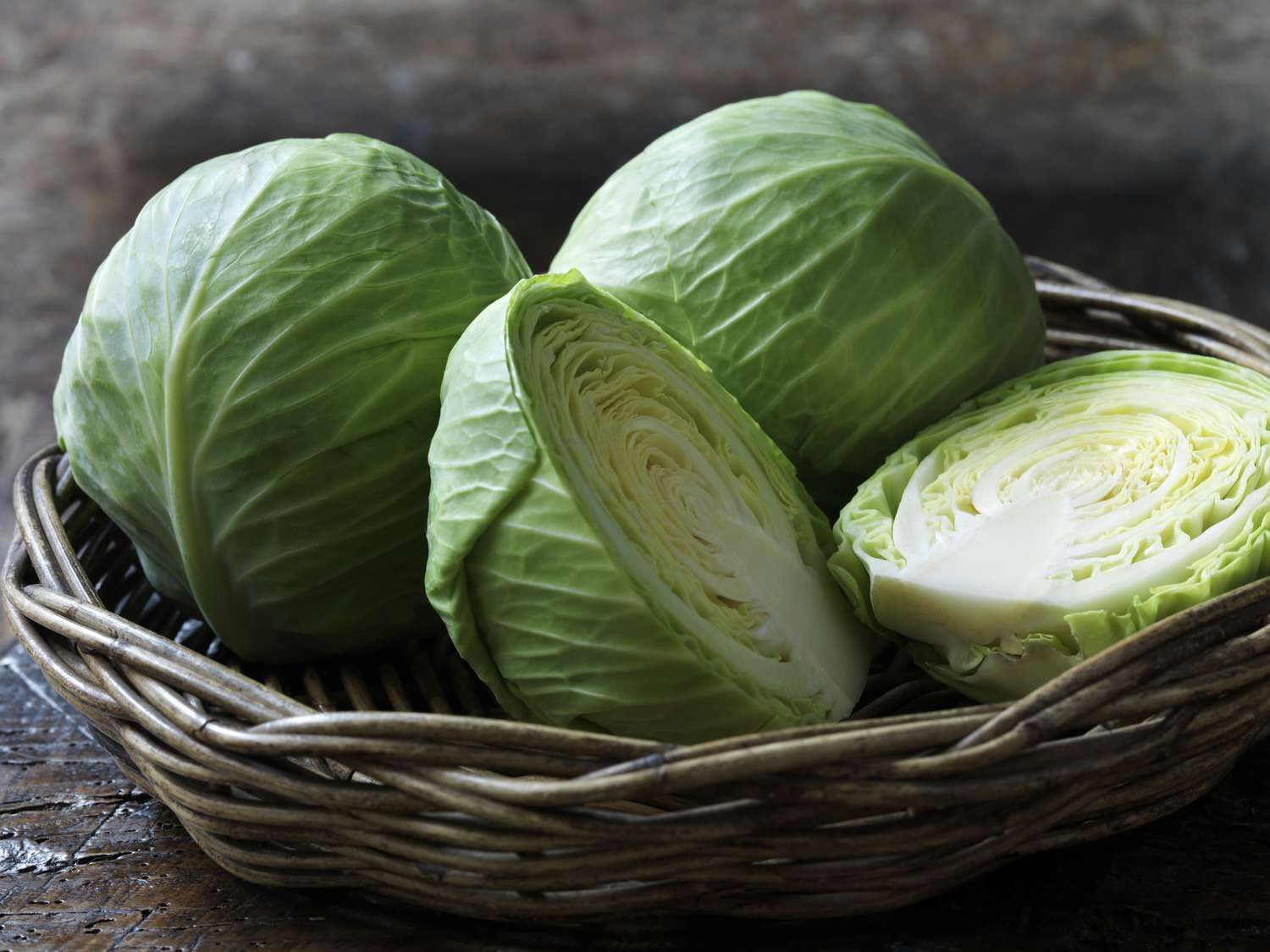
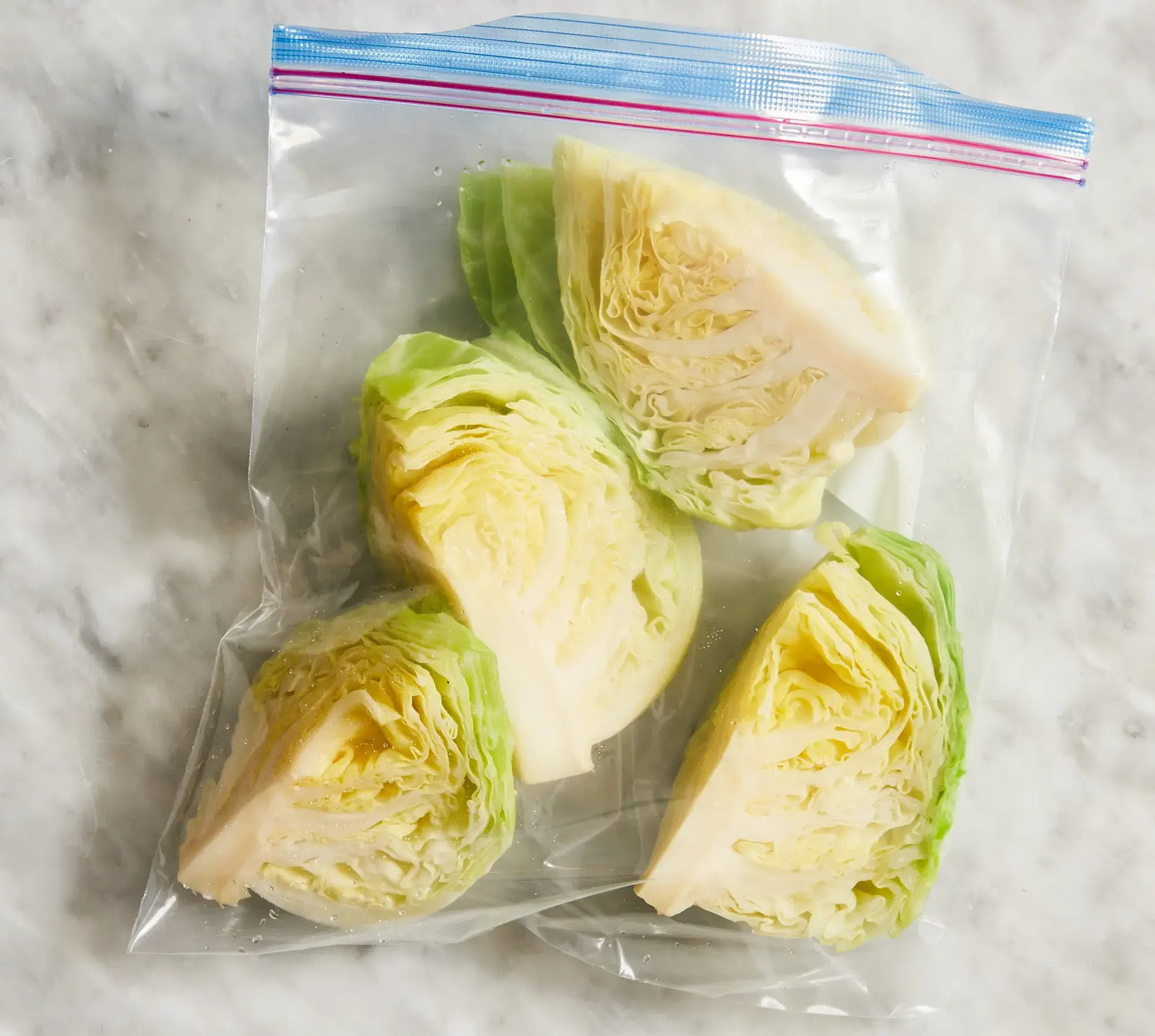
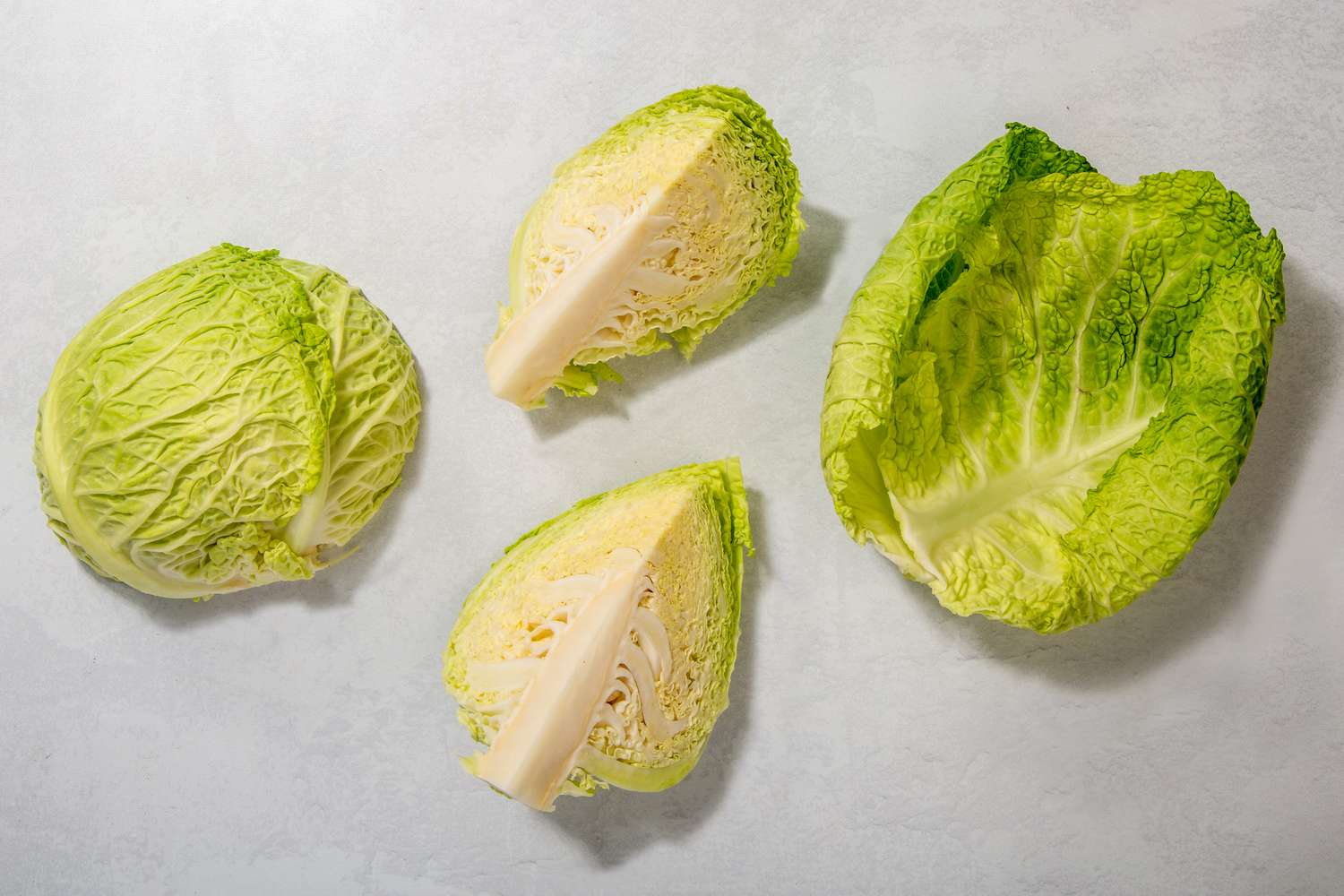
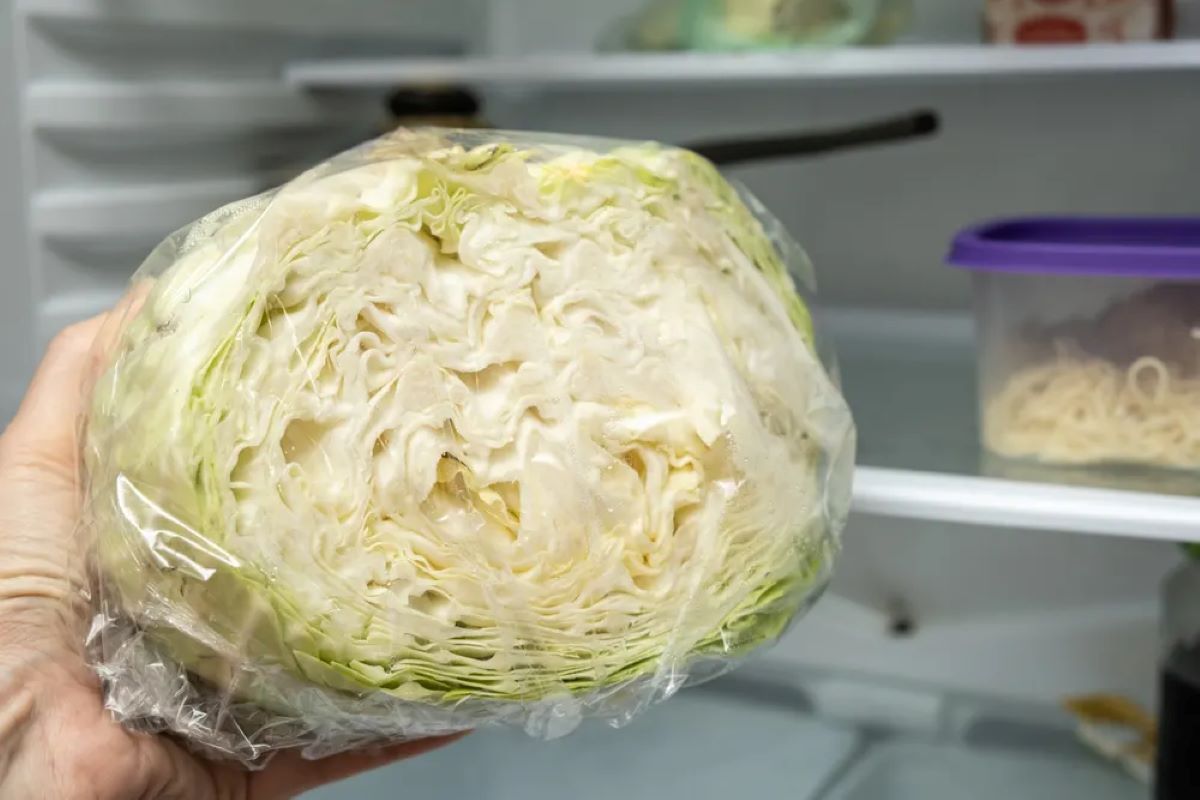
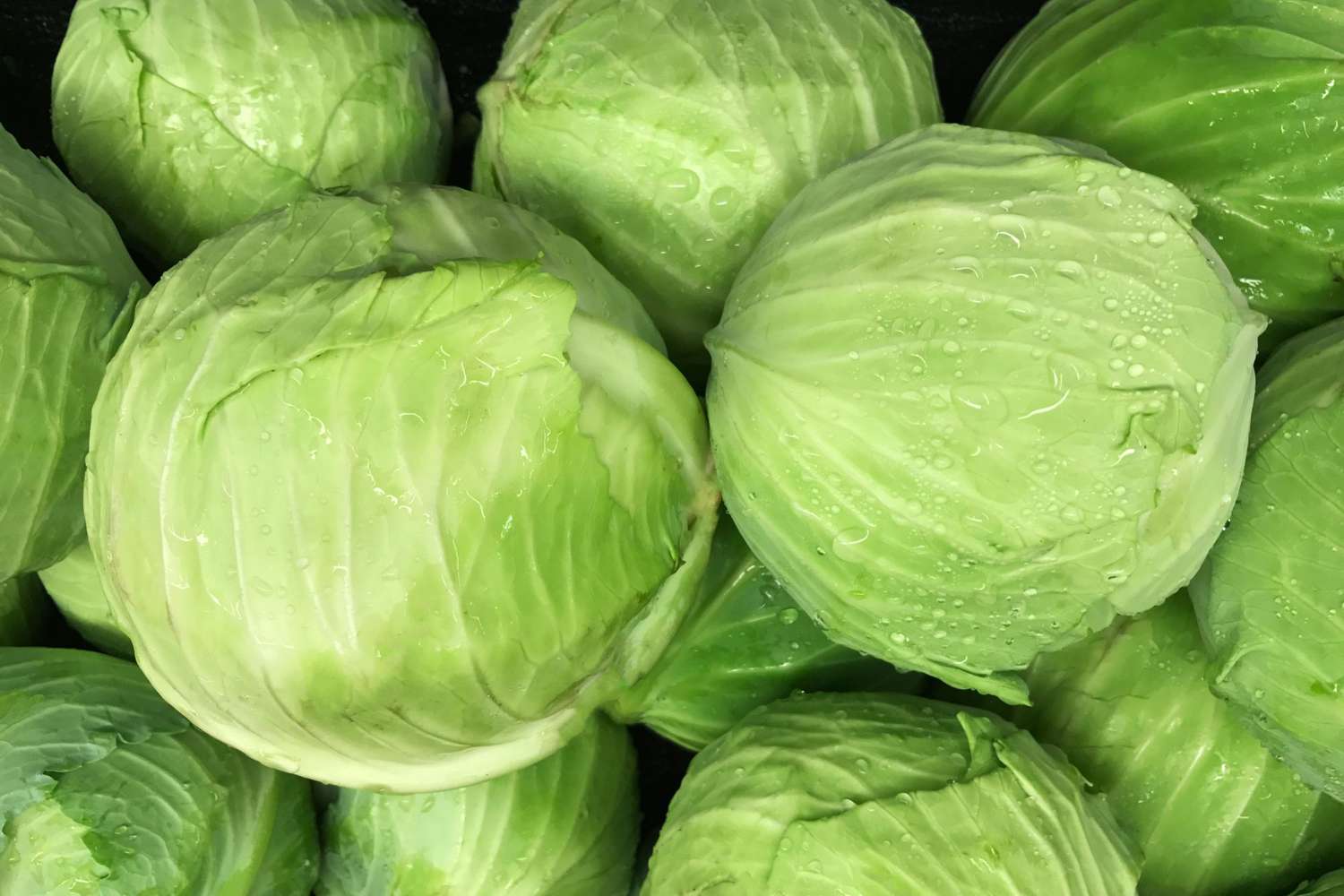
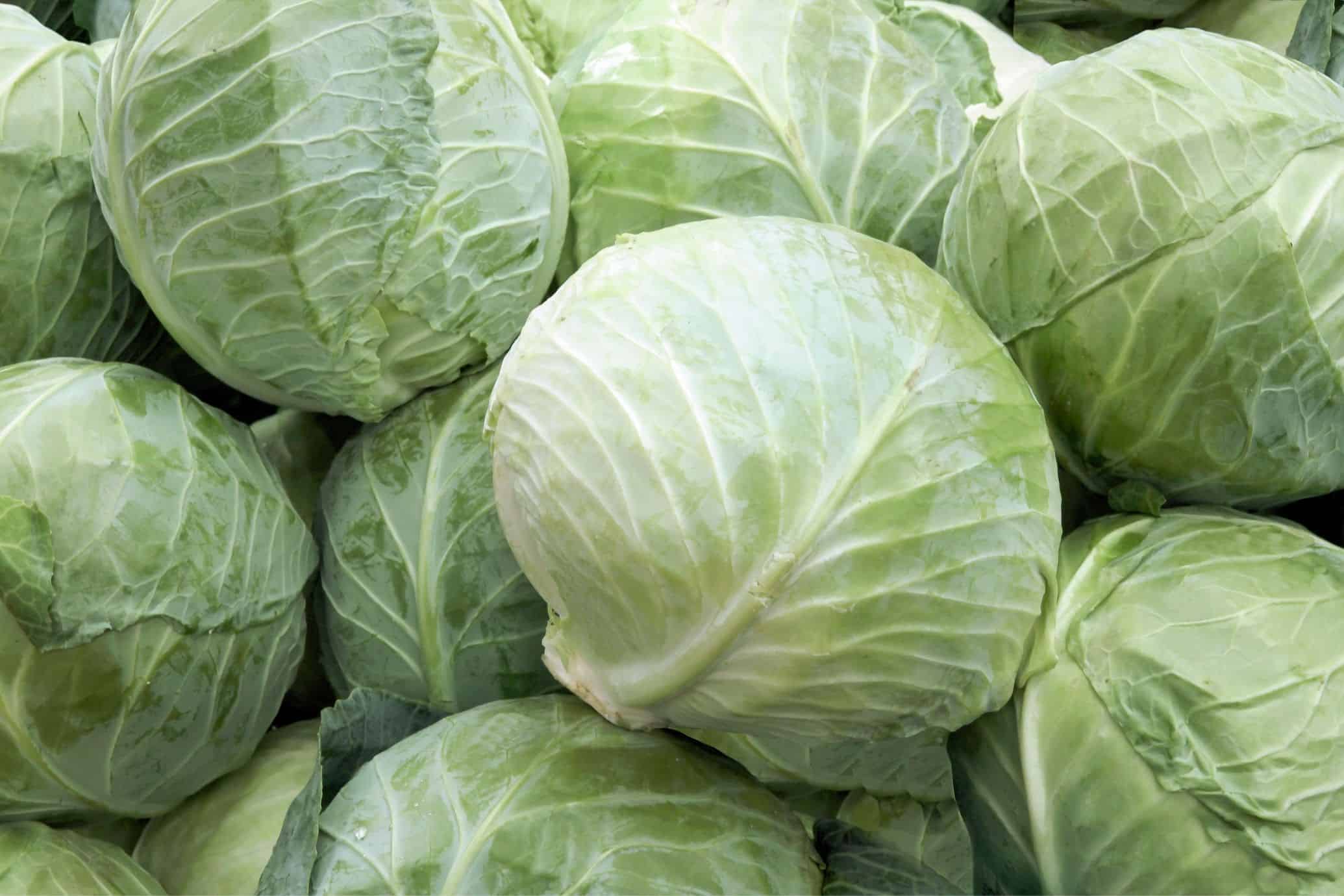
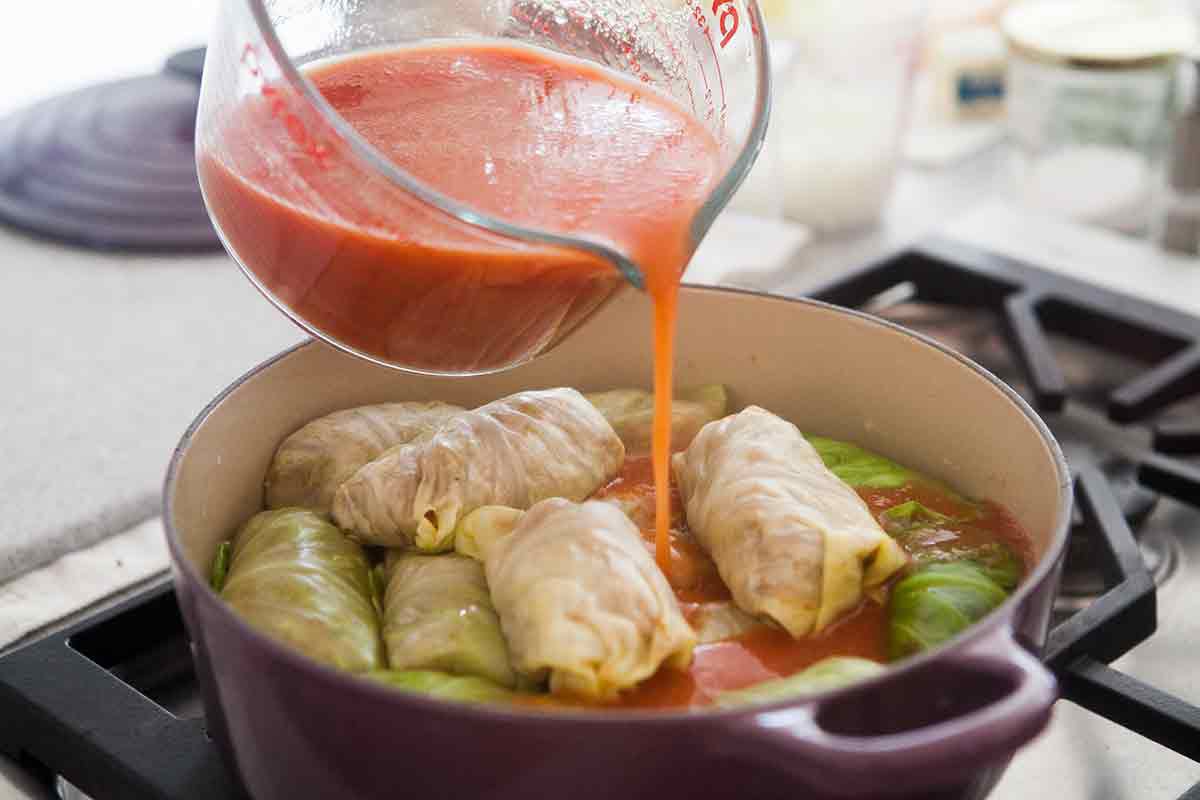
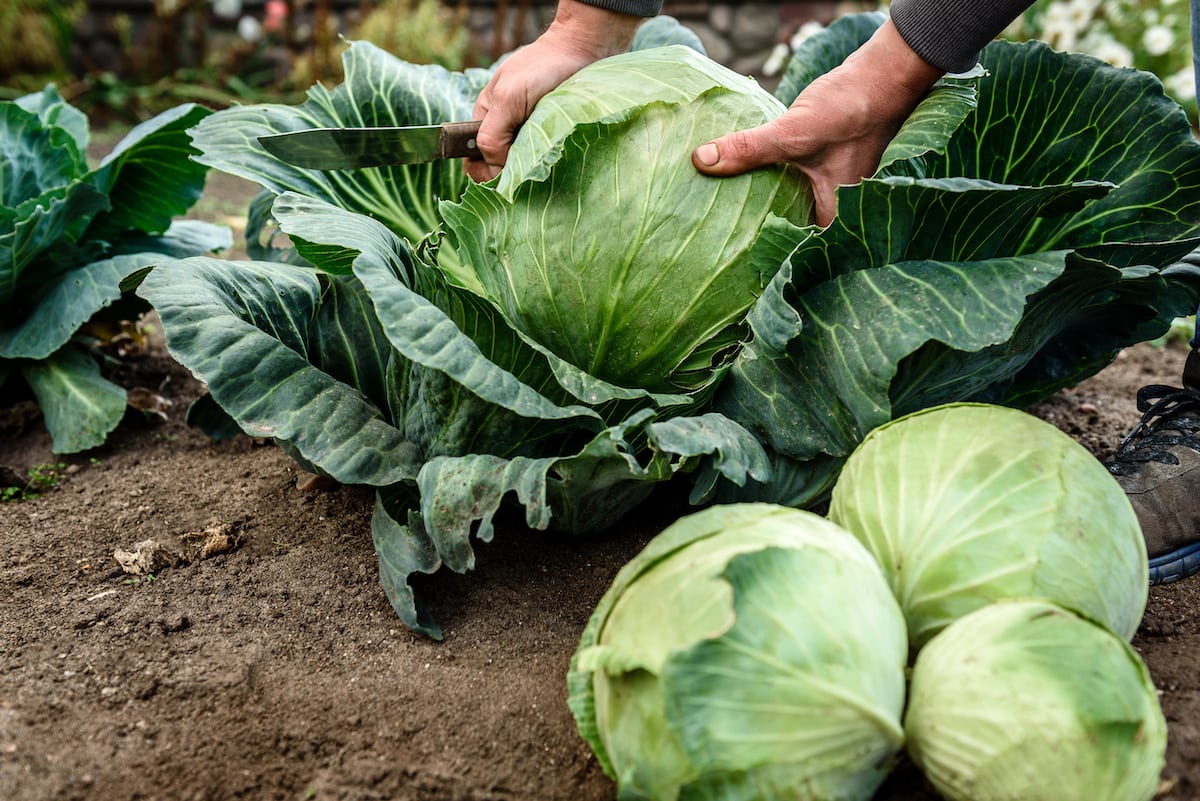
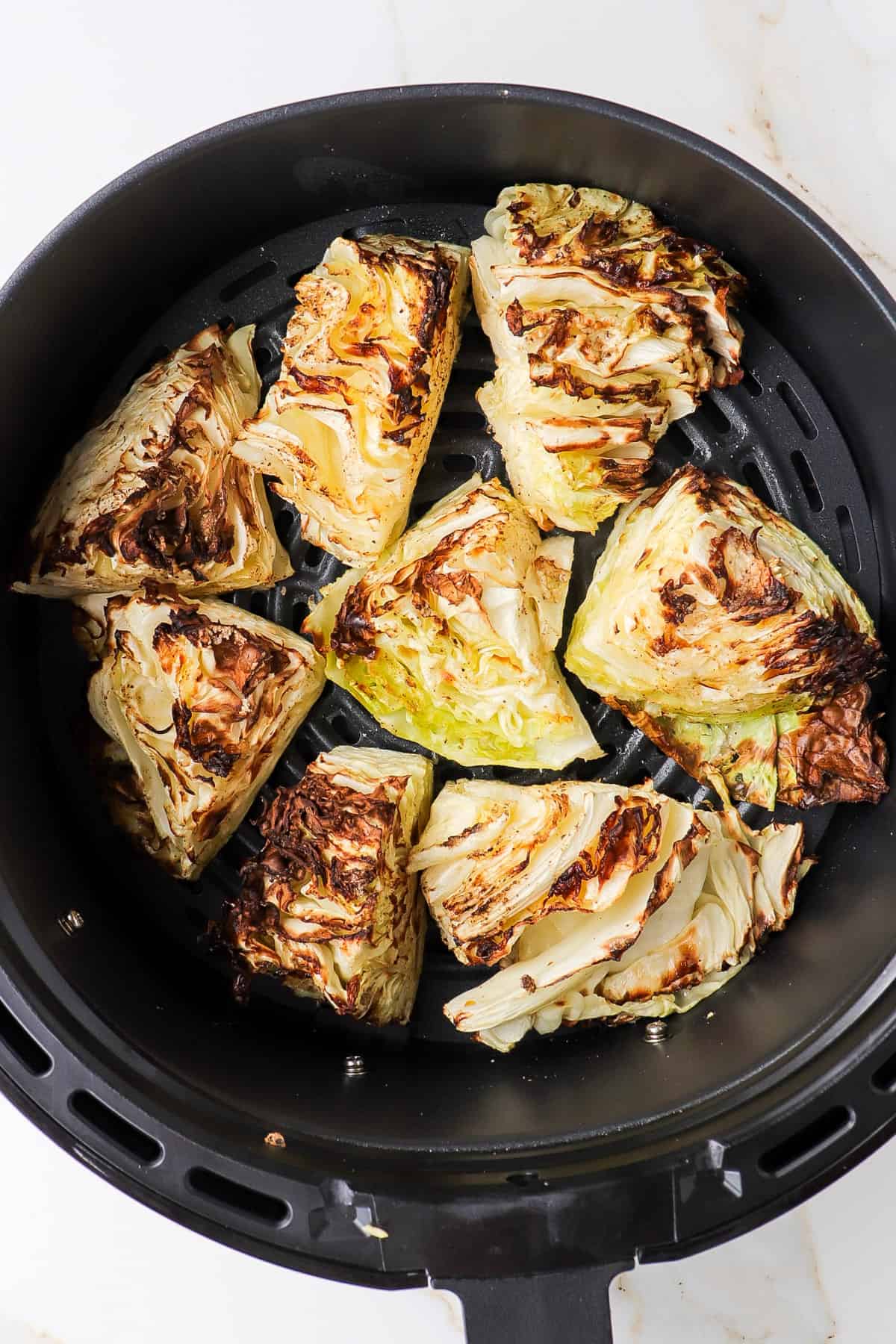

0 thoughts on “How To Store Cooked Cabbage”